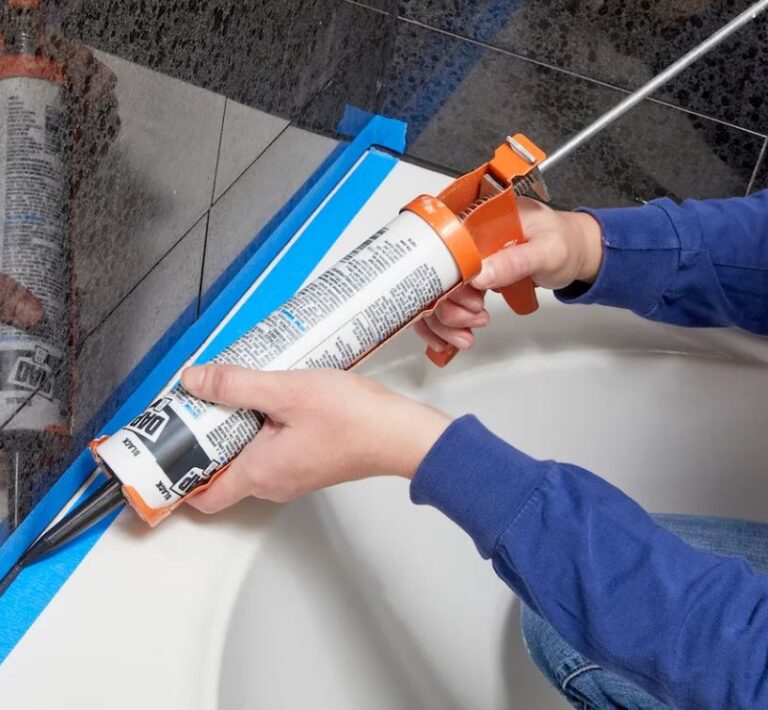CPAP Therapy is a Solution to Sleep Apnea.
CPAP (Continuous Positive Airway Pressure) therapy is the most effective treatment for obstructive sleep apnea, a disorder in which the airway becomes blocked during sleep, causing repeated pauses in breathing. This therapy involves the use of a machine that delivers a steady stream of air through a mask to help keep the airway open. Let’s take a look at the principles of CPAP therapy, its benefits, possible side effects, and recommendations for choosing and using a machine.
Principles of CPAP Therapy
The main goal of CPAP is to maintain a constant positive pressure in the upper airway during sleep. This is achieved by delivering compressed air through a nasal or nasal-mouth mask. The air pressure prevents the airway from collapsing, allowing the patient to breathe freely during the night.
The main components of the CPAP system:
- Compressor. Produces a constant flow of air at a specific pressure.
- Tubing. Delivers air from the compressor to the mask.
- Mask. Attaches to the patient’s face and delivers air to the airway.
- Humidifier (if required). Prevents dryness and mucous membrane irritation.
Recommendations for Choosing and Using a CPAP Device
Proper selection and use of this device technology are key factors in successful therapy.
Choosing a device
- Type of device. There are several types of devices, including standard CPAP, automatic positive airway pressure (APAP), and bi-level positive pressure (BiPAP). he choice depends on the patient’s individual needs and the doctor’s recommendations.
- Noise level. Choose a low-noise device to avoid disturbing sleep.
- Humidifier. This can make the device much more comfortable to use and can help prevent dry mucous membranes.
Using CPAP
- Correct pressure setting. It is necessary that the pressure level is adjusted by a specialist or under his direct instructions.
- Regular cleaning. The device, mask, and tubing should be cleaned to prevent the buildup of bacteria and mold.
- Gradual adaptation. If you are using the device for the first time, you will need to acclimate gradually. Increase the time of use from short sessions to longer sessions. You can purchase this device on our website: https://medsupplycart.com/
Benefits of CPAP Therapy
CPAP therapy has many benefits that make it the gold standard for treating obstructive sleep apnea.
- Improved sleep quality. Patients who use this type of device wake up far less often during the night due to apnea, resulting in better and more restorative sleep.
- Reduced daytime sleepiness. With improved sleep quality, patients feel less sleepy during the day, increasing their productivity and overall well-being.
- Reduced risk of cardiovascular disease. Sleep apnea is associated with an increased risk of high blood pressure, heart attack and stroke. This treatment helps reduce these risks by maintaining normal blood oxygen levels.
- Improved cognitive function. Regular treatment of sleep apnea has been shown to improve memory, attention, and other cognitive functions, which are important for overall quality of life.
Possible Side Effects of CPAP Therapy
As with any treatment, CPAP therapy can have side effects. However, most can be minimized or eliminated by choosing the right device and following your doctor’s recommendations.
- Discomfort with the mask. Some patients experience discomfort when wearing a mask. This can be addressed by selecting the appropriate mask type and size, as well as using special cushions to reduce pressure on the skin.
- Mucous membrane dryness and irritation. Constant airflow can cause dryness of the nose and throat. The use of a humidifier integrated into the device system helps to reduce this discomfort.
- Shortness of breath and nasal congestion. These symptoms may occur when you first start using a flow generator, but usually disappear after a few days or weeks of adjustment. If necessary, the physician may recommend additional measures to alleviate the condition.
CPAP therapy is an effective and proven method of treating obstructive sleep apnea, allowing patients to return to normal life by improving sleep quality, reducing daytime sleepiness, and reducing the risk of cardiovascular disease. Choosing the right device and following your doctor’s recommendations are key factors in the success of therapy. Thanks to modern technology and continuous improvements in CPAP systems, this therapy is becoming more accessible and comfortable for patients.





